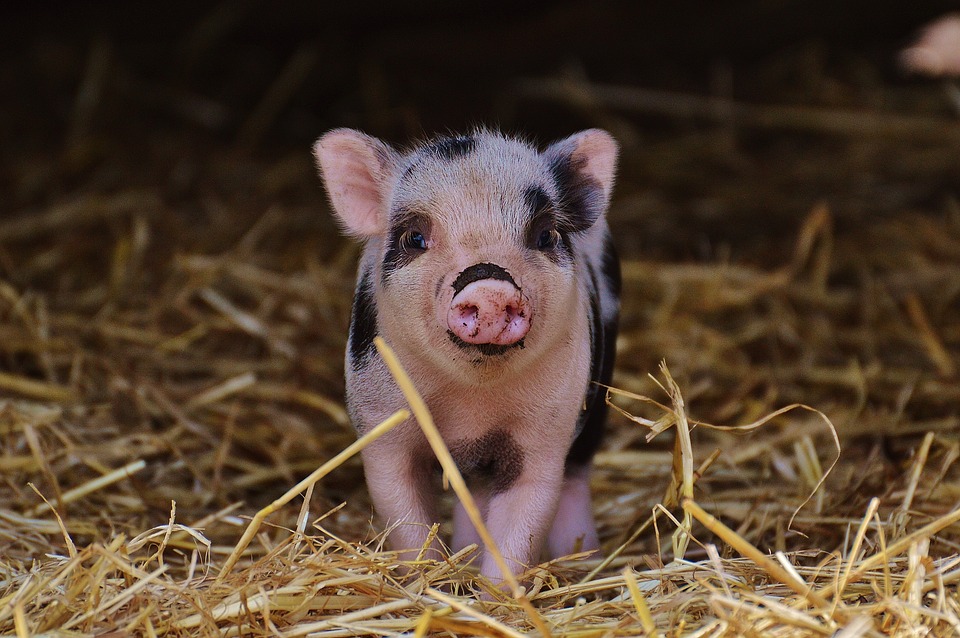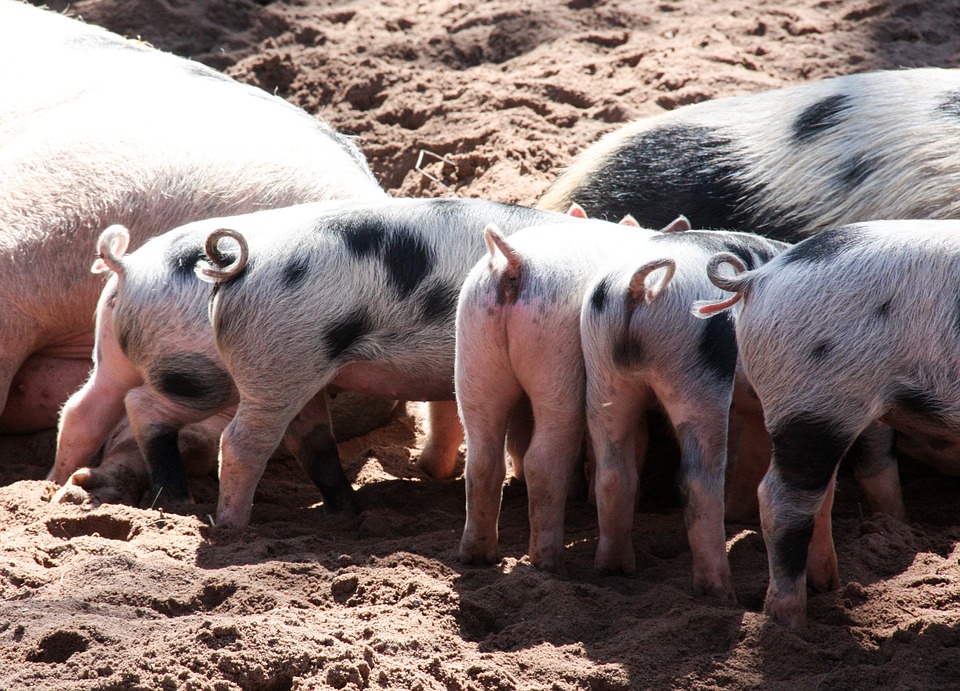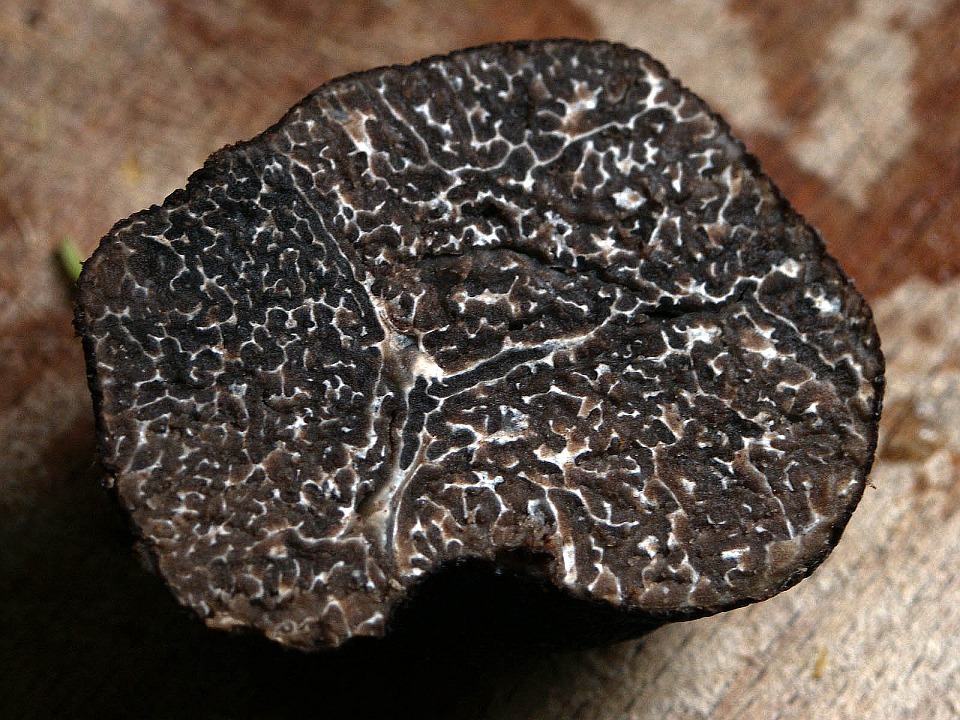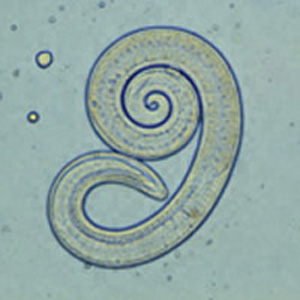All about pigs
by Scott Dutfield · 05/02/2019

Often maligned in popular culture and language, hogs are much smarter and cleaner than you might at first think…
It seems unfair that the English language has amassed so many derogatory sayings about pigs because under the skin they’re a lot like us. Indeed, the hearts of some breeds are similar enough in weight, internal structure and the rate at which blood is pumped through to have potential for human heart transplants. Pigs are also impressive learners. In a study published in 2009 scientists showed a reflection of food to pigs who had previously seen mirrors and compared their responses with a group that hadn’t. The former were much less likely to think the food was behind the glass. Pigs and other members of the Suidae family, which includes wild boars and warthogs, have a strong skeleton that allows them to be sturdy defenders of their territories and offspring. They also have a very good sense of smell that compensates for poor eyesight. A hog’s snout, together with its even-toed trotters and short, muscular limbs, is perfectly adapted for sniffing out and uncovering food buried in the soil of the forests and grasslands in which the species evolved. Wild pigs will consume grubs, amphibians and small birds as well as forage for roots, leaves, nuts, fruit and fungi. To chew on this omnivorous diet they have canine, incisor and molar teeth, just as we do. The pig’s digestive system, meanwhile, features anatomical differences from ours (a spiral colon, for example), but works the same way: food is broken down in a one-chambered stomach and intestines and then passes through to the colon for excretion. Contrary to the myth, pigs keep bodily waste away from food and don’t wallow in it. They do like a mud bath because they don’t perspire. Wet mud keeps them cool as heat is given off by evaporation – a technique also used by elephants. ‘Sweating like a pig’ then is one saying that definitely does pigs a disservice.
Pig tails
Picture a pig and your image probably includes a cute, curly tail. In the animal, kingdom tails are used for balance, communication and many other purposes, but the purpose of curly pig tails isn’t easy to root out. In fact, pigs often fight by biting each other’s tails, so one theory is that they have evolved to be curly as this makes them harder to grab hold of. However, not all pigs have curly tails; wild boars and several other pig breeds have straightened tails, so it isn’t clear why the evolution theory would apply to some breeds of pig and not to others. Another explanation is that domestic pigs have been bred by farmers for hundreds of years. While breeding for characteristics that are helpful on the farm, such as docility, farmers may have also bred pigs with curly tails, if these traits are inherited together by coincidence. Among some breeds, a curly tail is thought to indicate that a pig is happy and healthy, while a straightened tail is a sign of stress.

Truth about truffles
Sows have long been associated with truffle hunting. Yet it isn’t clear what makes them good at rooting out the subterranean fruiting bodies of these fungi. Truffles have a distinctive smell, but pigs must be attracted by more than just appreciation of the aroma. For many years the prospect of sex was thought to tempt them. That’s because some truffle species produce androstenol, a pheromone-like hormone found in the testes of boars (as well as humans). That theory, however, was undermined by French chemist Thierry Talou. He buried samples of androstenol, fresh truffles and a synthetic cocktail of aroma-causing chemicals and let some sows loose. Surprisingly, the pigs skipped the androstenol and went for the other two options. Whatever it is that attracts sows, though, is too strong for them to resist. Many truffle-hunters have replaced pigs with trained dogs that don’t eagerly gobble up the fungal delicacies they find.

Pork’s unwanted passengers
Once you realise what might be lurking inside your pork chops you might be inclined to turn up your oven. Pigs can be infected by common roundworms in the genus Trichinella. Transmission to humans can occur through eating meat that isn’t cooked at a high enough temperature to kill the larvae. Ingestion results in trichinosis, with symptoms including dizziness and stomach ache. Among pig parasites, though, pork tapeworm (Taenia solium) is more concerning. The larvae of this tapeworm also enter the human body through undercooked meat. Once inside, they migrate to the tissues, causing cysticercosis. The symptoms can be minor if they infect only muscles, but can include loss of vision or weakness if larvae reach the eyes or the spine. The infection can be more serious still if worms reach the brain and form cysts, causing neurocysticercosis; in these cases, victims can fall into a coma or even die suddenly.

This article was originally published in How It Works issue 047, written by Michael Scott
For more science and technology articles, pick up the latest copy of How It Works from all good retailers or from our website now. If you have a tablet or smartphone, you can also download the digital version onto your iOS or Android device. To make sure you never miss an issue of How It Works magazine, subscribe today!




